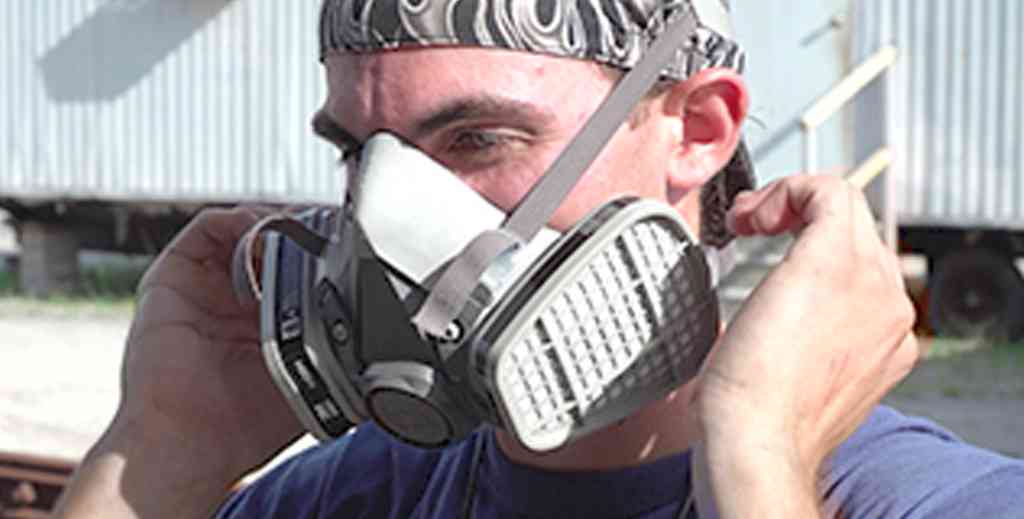Respiratory protective equipment: – Advice for Workers
Respiratory protective equipment (RPE) is a type of personal protective equipment (PPE) that protects people from breathing in substances hazardous to health. This quick guide is for workers who use RPE at work. Effects of breathing substances hazardous to health Airborne substances hazardous to health can be in dust, mist, vapour or gas form (eg wood dust, welding fumes, solvent vapours). You may or may not be able to see these in the air. If you inhale these you can become unwell. Depending on the substance,
the effects can be immediate or long term. Common short-term (or acute) health effects from breathing substances hazardous to health may include headaches, forgetfulness, drowsiness, feeling dizzy and sick, mood changes, and eye and skin irritation. Long-term (or chronic) effects include sleep disorders, memory loss, cancer, organ damage, fertility problems and death. Who provides RPE? The person conducting a business or undertaking (PCBU) who directs the carrying out of work must provide you with RPE, unless: – another PCBU provides it or – you genuinely and voluntarily chose to provide your own RPE and the PCBU is satisfied the RPE is suitable – however, you may change your mind at any time and require the PCBU to provide it instead. If you do this, you must give the PCBU reasonable notice. PCBUs must not charge you for anything done or provided for health and safety – this includes RPE. Click Here for the full report on this important topic from New Zealand Gov’t.



